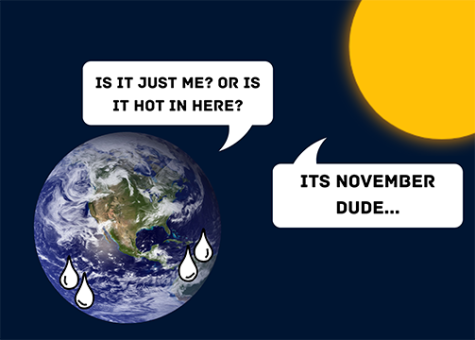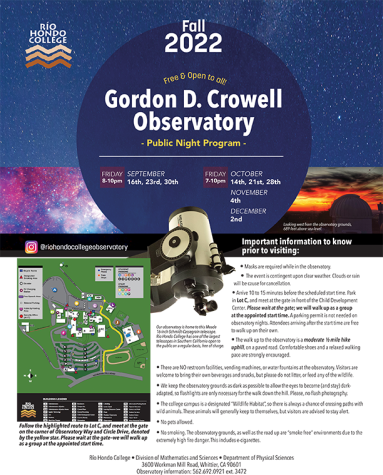Mind-Reading Tech Coming Soon?
Self-driving cars, phones with facial-recognition, now mind-reading tech? Using some new artificial intelligence technology, a team at the University of Toronto-Scarborough (UT) were able to recreate images shown to people with surprising accuracy. They used electroencephalogram (EEG) sensors and a special algorithm to record brain activity and translate the images.
“When we see something, our brain creates a mental percept, which is essentially a mental impression of that thing. We were able to capture this percept using EEG to get a direct illustration of what’s happening in the brain during this process,” Dan Nemrodov, researcher at the UT lab and founder of the new tech said in a statement released by the university.
Thirteen adults between 18 and 27 years of age were shown pictures of 140 different faces one-at-a-time on a computer screen. The EEG sensors were able to retrieve the brain activity and relay the images of the faces on a seperate computer screen using the special algorithm.
The algorithm used by the UT team searches for signals in the brain that related to the mental images the test subjects were being shown.
 via University of Toronto/eNeuro
via University of Toronto/eNeuro
The recreated faces were very accurate, looking just a bit blurry compared to the original images shown. Partly why this came as a surprise was because previous researchers shied away from using EEG for this kind of study.
Rather than using EEG, researchers tried to use tests that detected changes in blood flow. EEG tests detect brain activity but were frowned upon because they produce a lot of useless data.
Not only is the EEG method cheaper than the fMRI tests used in the past, it is also more easily accessible.
The man who created the new tech, Nemrodov praised EEG for how much quicker it retrieves data than fMRI tests.
“fMRI captures activity at the time scale of seconds,” Nemrodov said, “but EEG captures activity at the millisecond scale. So we can see with very fine detail how the percept of a face develops in our brain using EEG.”
While the tech has still ways to go before it can be applied to help real-world problems, Nemrodov and the team at UT know a few ways it can be useful. One interesting idea they have for the tech has it being used to help catch criminals.
“It could… have forensic uses for law enforcement in gathering eyewitness information on potential suspects rather than relying on verbal descriptions provided to a sketch artist,” Adrian Nestor, professor at the University of Toronto-Scarborough said.
Much like Nemrodov, Nestor was astonished by what they accomplished. Any researcher would be if they were able to recreate images in the way the UT team did.
“The fact we can reconstruct what someone experiences visually based on their brain activity opens up a lot of possibilities,” Nestor said. “It unveils the subjective content of our mind and it provides a way to access, explore and share the content of our perception, memory and imagination.”







